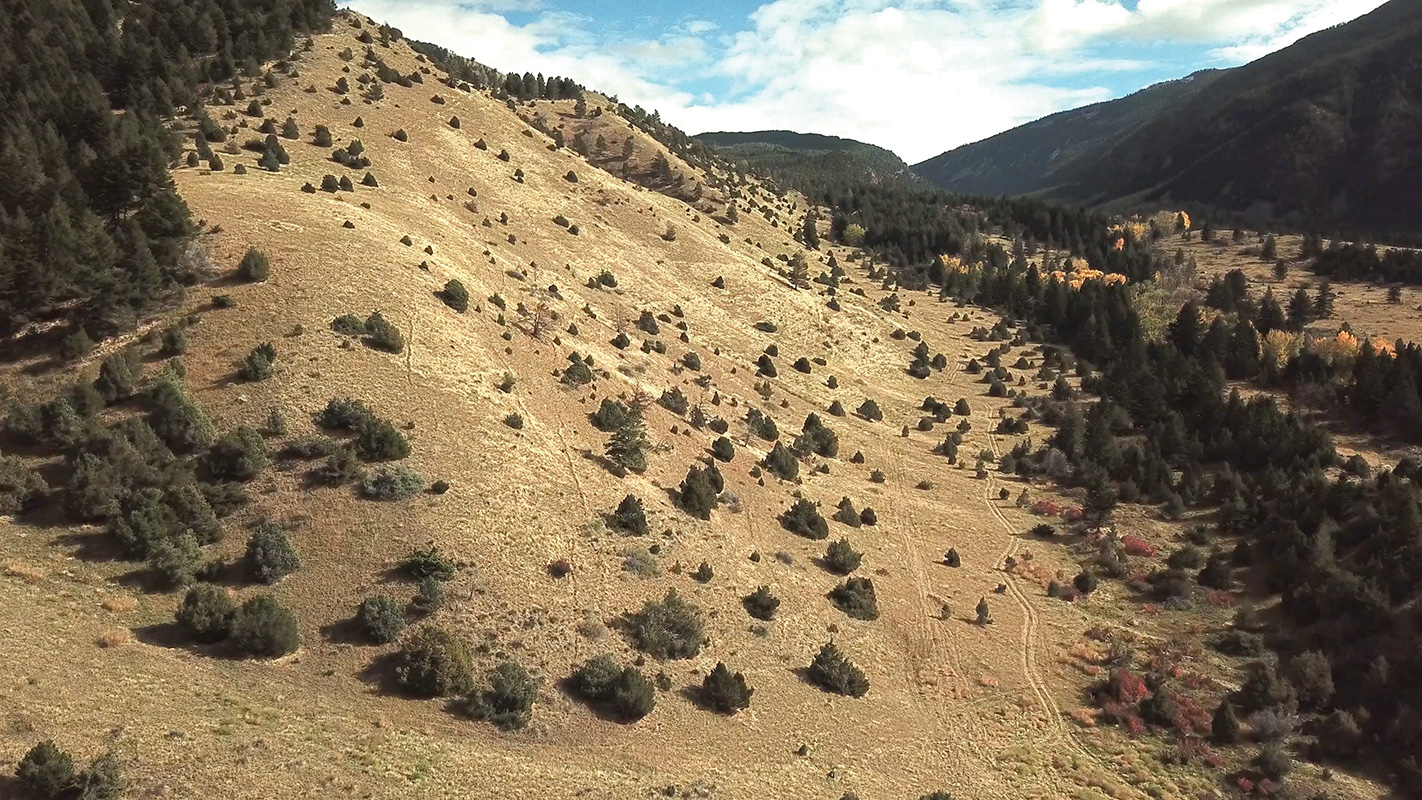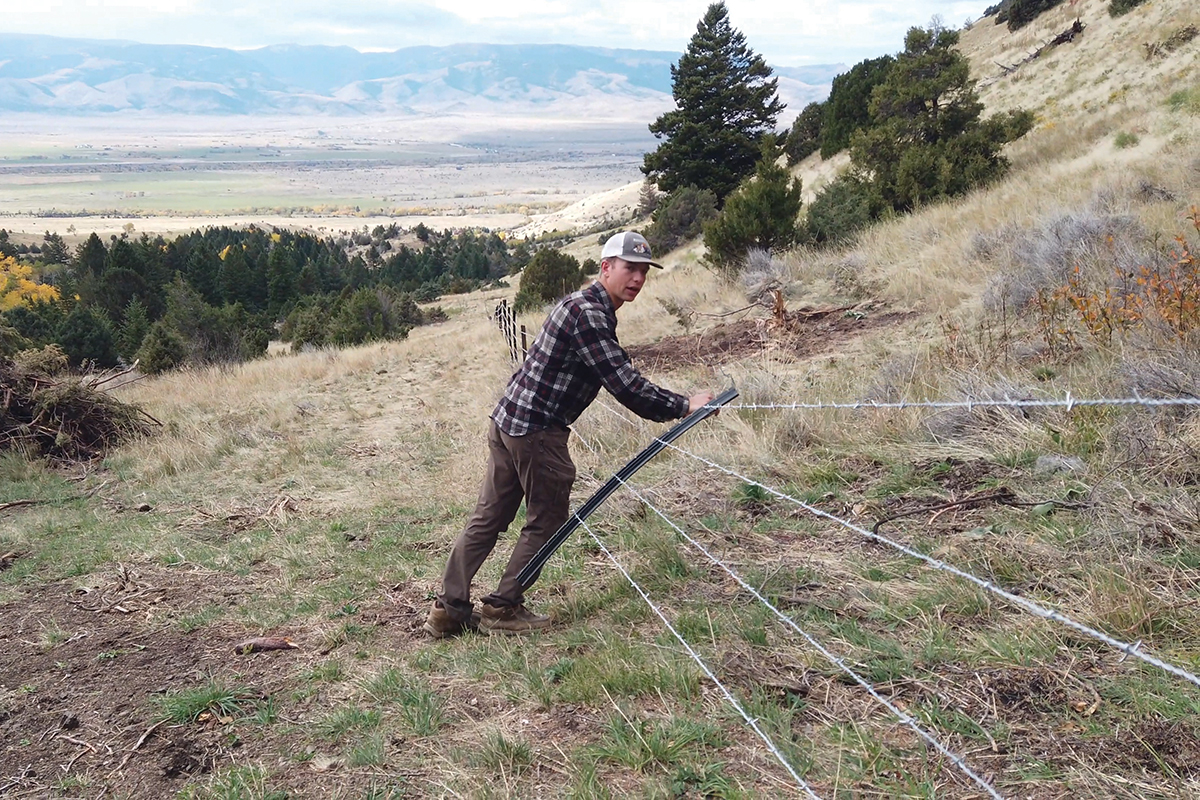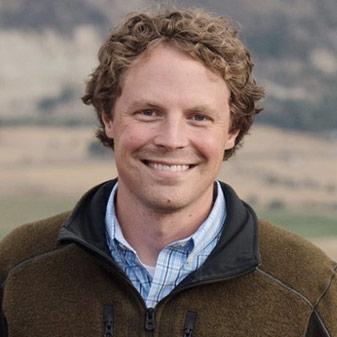This special edition of PERC Reports uses the hit television show “Yellowstone’s” portrayals of the Rocky Mountain West to examine real-world western issues. Explore the full issue here.
Montana’s Paradise Valley is known to many as the home of rancher John Dutton in the hit television series “Yellowstone.” But for those of us who live in southwestern Montana, Paradise Valley is known for much more. It’s a place with deep-rooted ranching traditions, stunning scenic views, and abundant wildlife, located just miles from the northern boundary of Yellowstone National Park.
Today, ranchers in Paradise Valley face some of the same challenges as the Duttons—pressures to subdivide or develop, influxes of tourists, and all of the stresses inherent to raising cattle. That can make it harder for ranchers to continue doing something they have long done for free: provide winter habitat for Yellowstone’s iconic populations of migratory elk.
A new approach, pioneered by PERC and other conservation partners, aims to reward ranchers for giving elk more room to roam. This fall, PERC partnered with one Paradise Valley ranch to create a privately funded “elk occupancy agreement” that will help conserve nearly 500 acres of winter habitat for one of the valley’s migratory elk herds. The agreement is the first of its kind in Montana, funded entirely by local groups interested in conserving Yellowstone’s migration corridors.
“Elk herds can only be as healthy and as big as their winter range,” Zane Petrich told me during a recent tour of the site at his family’s ranch on the east flank of the valley. A 1.25-mile wildlife-friendly fence had just been completed—fully paid for by PERC and the Greater Yellowstone Coalition as part of the agreement—that will separate the Petriches’ livestock from a parcel of their ranch that serves as important winter habitat for migrating elk.
Like the fictional Dutton family, the Petriches have ranched in Paradise Valley for generations. During that time, they have witnessed plenty of changes. Petrich describes the increase in real estate development that now dots the valley. “The winter range for elk is all getting subdivided,” says Petrich. “We’ve always tried to take care of the elk, and do a little bit more and more as we can.”
That’s not always easy. Elk bring plenty of costs to landowners. They compete with livestock for forage and hay, damage fences, and attract predators. They also transmit the disease brucellosis, which causes cattle to abort their young and requires ranchers to quarantine their entire livestock herds.
The agreement stems from a series of meetings with landowners in Paradise Valley, hosted by PERC. The goal was to better understand the challenges facing ranchers in the valley. A survey conducted by PERC in 2019 revealed a need for more flexible tools to help landowners live with elk. “We had been to these PERC meetings,” Petrich told me, “and I wondered if they’d be interested in helping fund something that we could do to help the wildlife.” His family pitched the project to PERC, and in a matter of months, it was funded and completed.
“One of the benefits of this approach is that it’s flexible,” says PERC’s CEO Brian Yablonski, who worked with the Petriches on the agreement. “No two agreements will look the same, so long as it works for the rancher and the elk.” In the Petriches’ case, he says, it involved building a fence. In other cases, it could be a short-term habitat lease or a pay-for-presence arrangement.
This flexibility means agreements can be struck quickly and without bureaucracy. “Because this is entirely voluntary and privately funded by donations, we were able to act fast,” Yablonski says. “Government-led approaches would take years of paperwork.” In addition to devoting a portion of their land as elk habitat, the Petriches also agreed to conduct management activities on the parcel, including controlled burning and noxious weed treatments to enhance the habitat conditions.
As we walk along the fence line, Petrich gives me a botany lesson. He points out bluebunch wheatgrass, fescue, and other protein-rich native grasses, which provide nutrients for elk in the winter time. Those grasses will be restored under the agreement. Cheatgrass, a rapid-growing invasive species, has been sprayed and will be removed. The result will be a lush area of native grasses to sustain the elk.
“The more elk that live on private land, the more their populations grow,” says Petrich. “It’s going to help everybody.”
Learn more about the elk occupancy agreement and PERC’s Yellowstone migration initiative.





